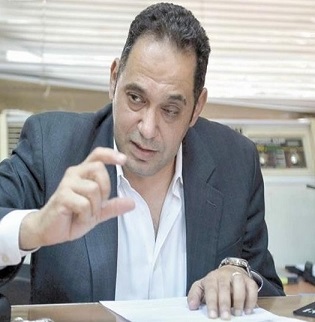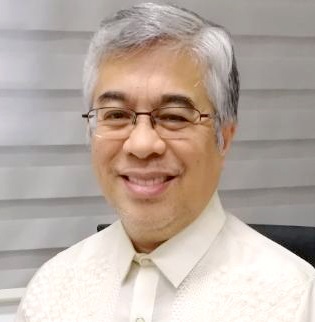SE004
Country experiences from the WHO three Regions (EMR, SEAR and WPR) on measures to ensure occupational safety of HCWs against infection and mortality, financing for treatment cost of HCWs affected from COVID infection
11
Sep
ORGANIZER
- The Asia Pacific Action Alliance on Human Resources for Health (AAAH)
- WHO Regional Office for the Eastern Mediterranean
- WHO South-East Asia Region
Webinar 2: Occupational risk protection of health care workers
Episode 1: Country experiences from the WHO three Regions (EMR, SEAR and WPR) on measures to ensure occupational safety of HCWs against infection and mortality, financing for treatment cost of HCWs affected from COVID infection; COVID insurance coverage, additional hardship incentives and allowance, and adequacy of personal protective gears;
Health workers are at the forefront of the response to COVID-19, both as service providers and as high-risk groups for contracting the disease. Health workers are at risk of becoming infected, and even losing their lives. They also face the fear of transmitting the infection to their families and loved ones. The lack of infection prevention and control programmes and appropriate measures resulted in high rate of COVID-19 infections among health care workers which was exacerbated with the shortages of personal protective equipment (PPE) and training for the appropriate use of PPEs. The session will address
- The magnitude of the COVID-19 infection among health workers and the challenges faced.
- Monitoring mechanisms for the infections among the health workers.
- Measures to reduce the risk of infection (availability of PPE, training, work arrangements to reduce risk, surveillance protocols, training on IPC, accommodation facilities, etc)
- Quarantine (and return to work) rules and conditions
- Treatment and compensation mechanisms for the infected health care workers
- To understand the magnitude and reasons of health care worker infections and mortality from COVID-19
- To learn from country experiences on measures to ensure occupational safety of HCWs against COVID -19 infection
- To explore how countries addressed the treatment of health workers and the hardship incentives and allowances
- To formulate policy options to address
SPEAKERS







